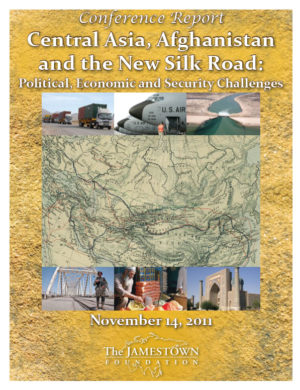Saudi Arabian Oil Facilities: The Achilles Heel of the Western Economy
On February 24, 2006, the world’s largest oil refinery, the Abqaiq oil facility in Saudi Arabia, fell victim to a major attack by al-Qaeda. The strategic attack on Saudi Arabia’s largest oil refinery nearly succeeded in knocking out of production the seven million barrel per day Abqaiq refinery which would have caused a major disruption in Saudi oil production.
Prior to the attack, two Jamestown Foundation analysts accurately predicted one month before the incident and then again one day beforehand that such an attack was in the offing. As early as the January 18, 2006 issue of Jamestown publication Terrorism Focus, Senior Fellow Stephen Ulph first noted the tactical value for al-Qaeda in targeting oil facilities in the Gulf States. Through his use of indigenous sources, Ulph assessed how al-Qaeda leader Ayman al-Zawahiri had “been urging the targeting of oil installations in the Gulf States as part of the ‘bleed until bankrupt’ strategy against the United States.”
Four weeks later, Jamestown analyst John Daly predicted in the February 23, 2006 issue of Terrorism Monitor the high value and vulnerability of Saudi Arabia’s oil facilities to an attack by al-Qaeda. One day later the refinery suffered its first ever attack in an operation of immense strategic importance. This Occasional Paper is the collective analysis of Daly and Ulph, along with the insights of Michael Scheuer, founder of the Bin laden Unit at the Central Intelligence Agency. Scheuer discusses the implications of the 2006 attack of Abqaiq, as well as the possibility of future attacks on Saudi oil facilities and the repercussions from such an attack on the Western economy.




